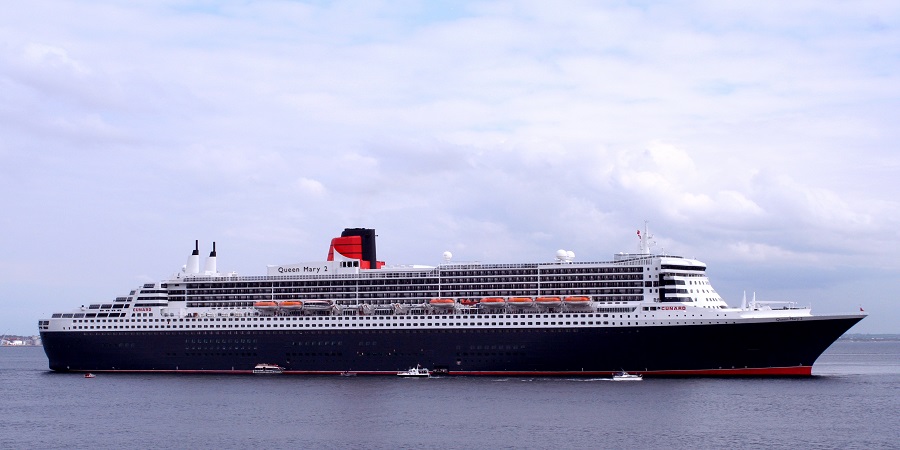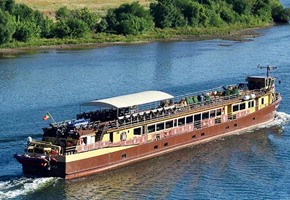From the days of Columbus, the passage across the Atlantic has been an iconic way to travel to the North American continent - indeed, for many decades, it was the only way to make the voyage. The efficiencies of contemporary air travel mean many have forgotten that the journey across the Atlantic was once an arduous task, yet in 2010, a stark reminder was issued: as Iceland's Eyjafjallajökull volcano erupted, swamping the European skies with clouds of ash, it soon became clear that the only remaining route to America was by boat. For a short time, Cunard provided the only link between the UK and the USA, with the Queen Mary 2 taking passengers on the week-long journey across the ocean in such sublime style, it may have made the cancelled flights worth it for some.
Yet, luxury was not always the primary concern of vessels transporting passengers across the Atlantic Ocean. Although passenger routes across the sea were common by the 19th century, and quickly gaining popularity, travellers were not treated to the utmost in comfort. Indeed, the author Charles Dickens was not impressed with his experience crossing the Atlantic; travelling on the Britannia, he described the engineering as impressive, but expressed he found the cabin facilities lacking. Cunard's own first sailing to what Columbus called the 'New World' took place in 1840, but the liner was focussed on engineering prowess and the speed of the journey, rather than the sumptuous comfort the company's name is now associated with. Powered by a paddlewheel, the superior speed of the ship was a revelation to many; Dickens, who dismissed his cabin as a 'profoundly preposterous box', lauded the engine system for its strength, saying, 'the vessel throbs like a strong giant that has just received the breath of life.' Yet this is as intended by Samuel Cunard, the company's founder, who noted that his vision for the ship was 'a plain and comfortable boat, [with] not the least unnecessary expense for show'. Completing the trans-Atlantic journey in 13 days, in an era where newspapers took as much as six weeks to travel between the UK and America, the primary feat of the ship was speed, with comfort sacrificed for cost-effectiveness - much to Dickens' disdain.
Fast forward 177 years, and Cunard is still running passenger vessels across the Atlantic; but this time, the cruise is considered a leisurely pace, and superb luxury is the focus of the Queen Mary 2, the ship that carries modern travellers across the waves. In an era dedicated to fast-paced living, this slow sojourn is a breath of fresh air, with the on-board comfort an indulgent treat for those looking to start their tour of America off with a nod to the history of trans-Atlantic travel.
And what a history to be connected to. From its role in assisting the emigration of 14 million Europeans between 1860 and 1900, to the use of Cunard ships in the First and Second World Wars, Cunard's name is deeply ingrained in the history of passage to the west across the ocean. In addition to Dickens, famous passengers have included the actor (and US army veteran) James Stewart, Winston Churchill, Katherine Hepburn and Henry Ford II. As the years passed and the need to make the journey by sea declined in the dominant wake of air travel, the ambition to board a ship to America still lingered, and today travellers can enjoy being transported across the ocean in the height of style. From white-gloved waiter service for Afternoon Tea, to seemingly endless on-board entertainments, fine dining restaurants, and, an improvement of which Dickens would approve, superbly comfortable staterooms, the Queen Mary 2 now operates the trans-Atlantic crossing in incomparable elegance.
So, for passengers looking to re-live the 'Golden Age' of sailing across the Atlantic, look no further than the charms of the Queen Mary 2, and the week-long journey on board a truly elegant ship.





